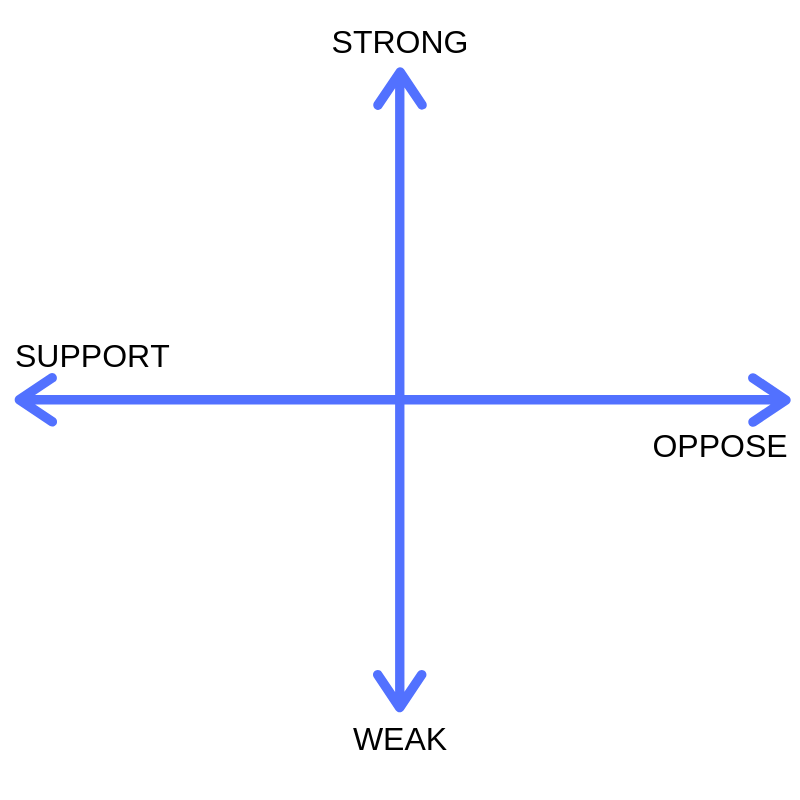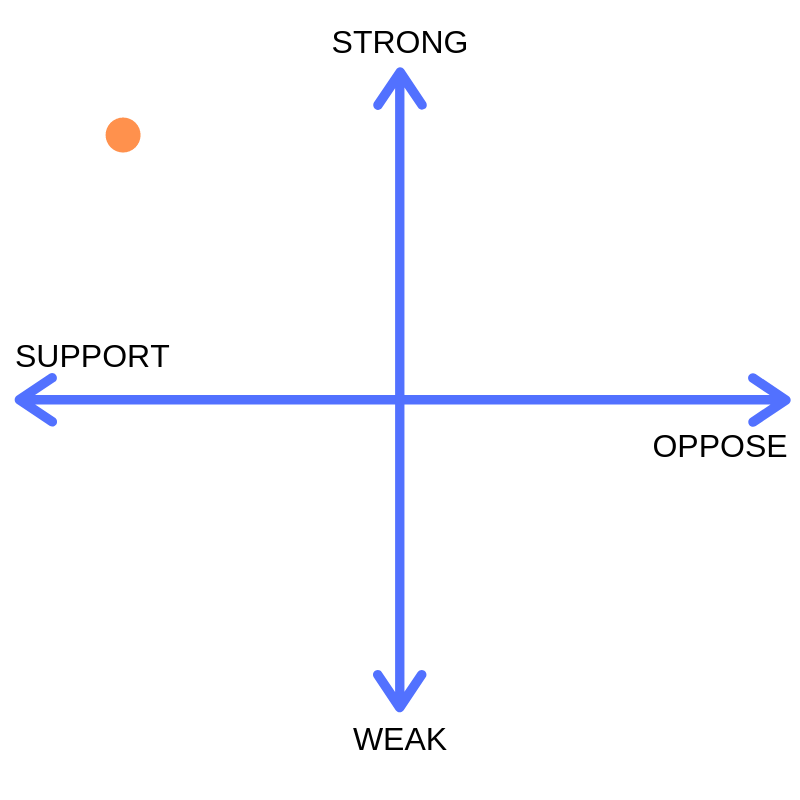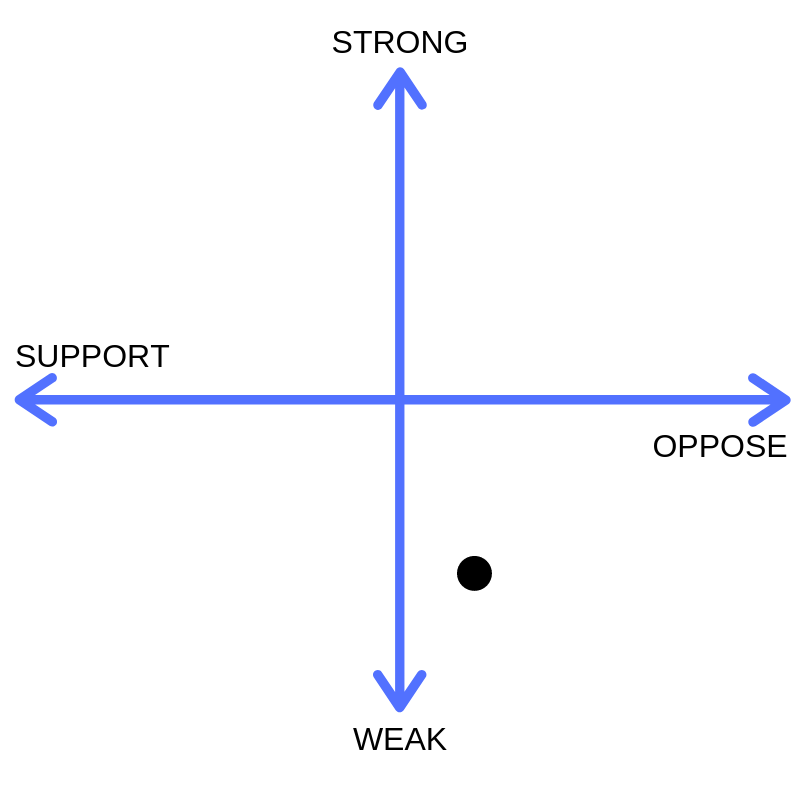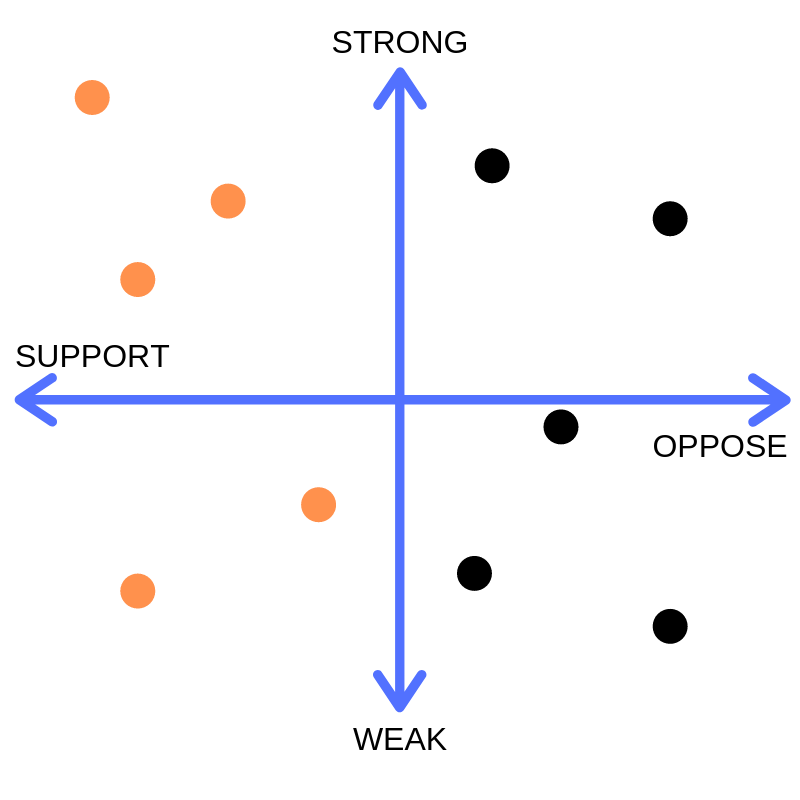
Coalition Mapping: Understand Who You Have and Who You Need.
When should I start building my coalition? In short, yesterday. but to find your way coalition mapping will help.
But in all seriousness, coalition mapping and building should be continually happening within your group or organization as a way to keep fostering relationships, increasing resources, and building power. This way when it is time to organize and mobilize your coalition to action you won’t have to get ready because you’ll already have assembled a group of individuals/organizations that care about your cause.
Why do I need a coalition?
Unfortunately, in an advocacy campaigns we very often do not have unlimited amounts of time, money and people to do the work need to absolutely ensure a victory. So, the larger and stronger your coalition is the more access to resources and people you will have to deploy during your campaign time frame.
Mapping your coalition
Similar to power mapping, this tool can be used to help you visually see what your coalition (and your opposition’s coalition) make up looks like in terms of support (or opposition) and organization strength. This is a tool that is living and breathing and should be updated continually as more information is gathered and power shifts.
How to use coalition mapping: It is critical to complete the coalition map as part of your initial strategy planning so you’re able to see your access to resources and power, and your oppositions’ resources and power.
Step 1: On a poster paper draw an intersecting x- & y-axis. Label the x-axis with SUPPORT on the left side and OPPOSE on the right side. Label the y-axis with STRONG on top and WEAK on the bottom. See below.
X-Axis: On this axis, you will place allied and opposing organizations based on their support (left), neutrality (middle) or opposition (right).
Y-Axis: On this axis, you will place allied and opposing organizations based on their organizational strength or weakness as a whole. You can define what makes an organization strong, so for examples, it may include organizations with access to their own funding, membership or access to people/volunteers, non-profit status (c3) vs electoral (c4) or PAC entities, digital presences, a trusted messenger in target communities, etc.

Step 2: Map out where your allied coalition members are based on both their support of your agenda, issue or policy on the x-axis and based on their organizational strength or weakness on the y-axis.
For example, if you have an allied organization that strongly supports your issue and has a good number of resources then you will place them farther to the left and closer to the top. See below.

Step 3: Map out where your opposition’s coalition members are based on their opposition to your agenda, issue, policy on the x-axis and based on their organizational strength or weakness on the y-axis using a different color than you used to draw your allied coalition members.
For example, if there is an opposing organization who is slightly against your issue but doesn’t have as much organizational strength you would place them slightly to the right on the x-axis and lower on the y-axis, indicated by a black dot.

Step 4: Now that your map has both allied and opposing organizations placed on the map you can visually see where your coalition’s strengths and weakness are, where you have the most and least support AND where there might be hole in your coalition based on where your opposition’s coalition members are and who they represent.

Step 5: Based on this map your goal should be to continue organizing your coalition members to support (to the left) and assist in increasing their organizational strength (up the y-axis) to increase the overall strength & power of the coalition. You can also see any holes in your coalition based on who is mapped on the opposing side of the map.
For example, if your opposition coalition has some strong business members and your side does not, you may want to consider recruiting some business partners as allies who can counter their efforts.
Don’t throw away your map!
This map is a living, breathing document. Keep coming back to it when you have more information, if power shifts or you are at a critical junction in your campaign or efforts. The more information you can add to it the better your coalition building will be!
Have question about coalition mapping? Drop us a note. To learn more about the difference between advocacy strategy and advocacy campaign tactics check out our blog here.